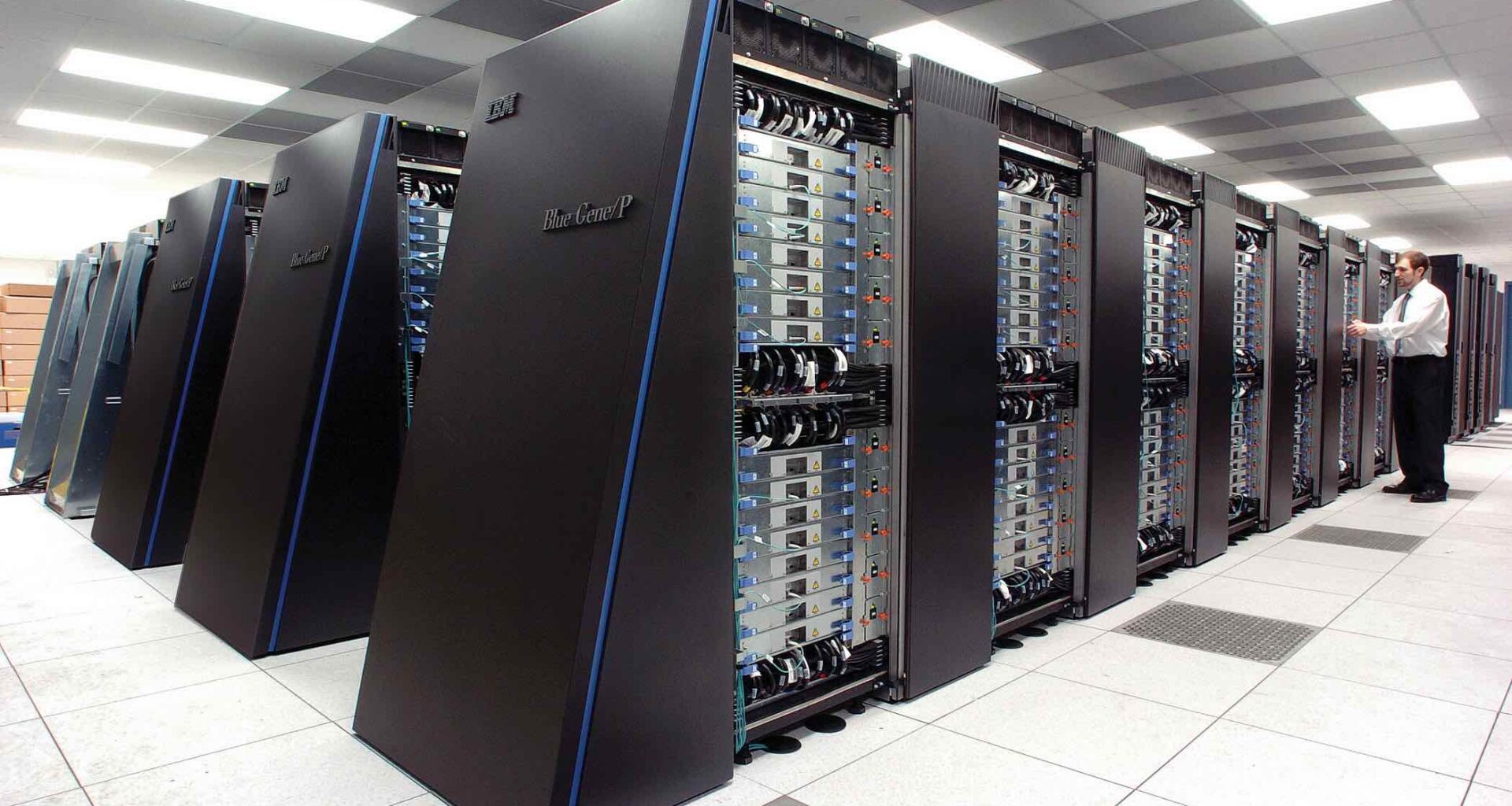The system was formally launched on 5th September 2025 by German Chancellor Friedrich Merz alongside senior EU officials, marking the continent’s first machine to exceed one quintillion operations per second. The event confirms Europe’s entry into the top tier of high-performance computing.
JUPITER ranks fourth on the June 2025 TOP500 list of the world’s fastest systems and is currently Europe’s most powerful supercomputer. The initial benchmarked performance recorded 793.4 petaflops on the LINPACK test, while the system’s exascale-class architecture is designed to surpass one exaflop as deployment progresses. The machine uses nearly 24,000 NVIDIA GH200 Grace Hopper superchips within an Eviden BullSequana XH3000 platform, interconnected via NVIDIA Quantum-2 InfiniBand.
The installation is part of a €500 million joint investment led by the European High Performance Computing Joint Undertaking (EuroHPC JU) with German federal and state co-funding. According to Forschungszentrum Jülich, half the funding is provided by EuroHPC, with one quarter from the Federal Ministry for Research, Technology and Space and one quarter from North Rhine-Westphalia via the Gauss Centre for Supercomputing.
Energy efficiency is a central feature. JUPITER runs on renewable electricity and employs direct liquid cooling with heat reuse via the Jülich campus network. Its development module, JEDI, topped the Green500 ranking for energy-efficient supercomputers in June 2025; the full JUPITER system is the most energy-efficient among the TOP500’s five fastest machines, according to official listings and vendor disclosures.
At a policy level, the system is expected to underpin Europe’s ambitions in artificial intelligence and data-intensive science. JUPITER will anchor the Jülich AI Factory (JAIF), providing compute resources for training large language models and other frontier AI systems, as well as supporting industrial and public-sector users through a cloud-style inference module now in development. The operator states that more than 100 projects have already secured time on the machine, spanning extreme-weather forecasting, drug discovery, materials science and low-carbon energy research.
The launch ties into a wider EU effort to build an interconnected network of AI computing hubs. EuroHPC has so far selected 13 AI Factories across the Union to provide start-ups, researchers and industry with access to AI-optimised HPC capacity, data resources and skills. In parallel, the European Commission reported 76 expressions of interest from 16 Member States to host future “AI Gigafactories”, envisaged as large-scale compute and storage centres capable of supporting next-generation models at hyperscale. Formal calls to establish these facilities are planned for late 2025.
From a scientific perspective, the increased resolution and throughput associated with exascale computing are expected to change the scope of European research. Meteorological and climate models can be run at kilometre-scale grids, improving forecasts for heatwaves, heavy rainfall and floods. In life sciences, exascale compute enables larger molecular dynamics simulations and AI-assisted protein design workflows; in energy systems, it allows more detailed optimisation of grids and storage, and accelerates fusion and materials modelling. These use-case statements reflect the first tranche of JUPITER projects described by the operator.
JUPITER’s procurement and build highlight Europe’s industrial participation in the exascale transition. The system was delivered by Eviden (Atos Group) and ParTec, using NVIDIA accelerators. The German government has presented the machine as a plank of its competitiveness agenda, while the European Commission has framed it as a demonstration of “technological sovereignty” within a federated EuroHPC infrastructure.
With three US Department of Energy systems currently occupying the top positions in the TOP500, Europe’s new entry at number four narrows a capability gap in both scientific simulation and AI training. The next milestones, according to TOP500 and operator statements, will be scaling JUPITER’s performance beyond the exaflop threshold in measured benchmarks and integrating it with the JAIF platform for broader access by European users
Main Image: By Argonne National Laboratory’s Flickr page, CC BY-SA 2.0, https://commons.wikimedia.org/w/index.php?curid=6412306
Post Views: 786
